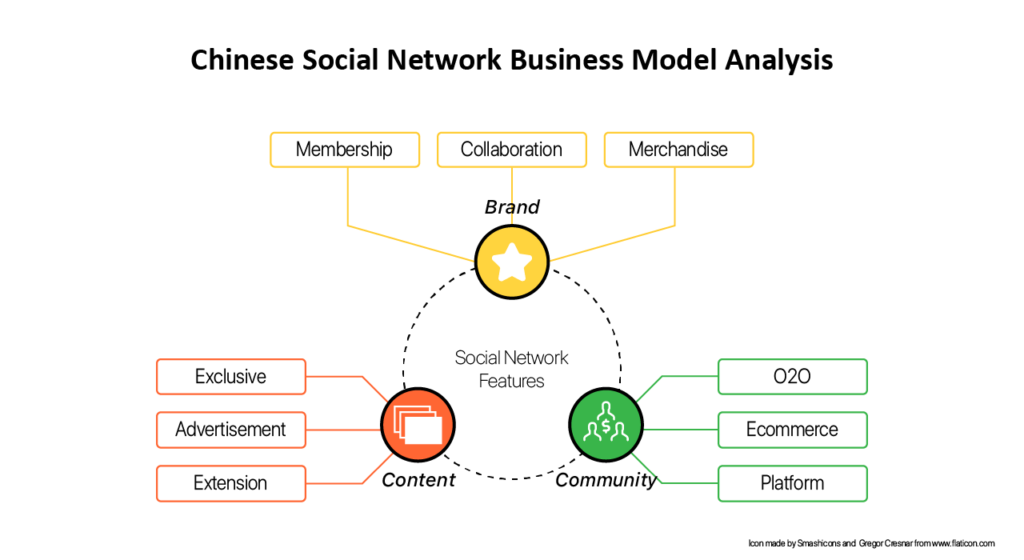The online community in China is booming and internet users are recorded to be the same as the population of Europe. According to iResearch in 2016 China’s online community report that internet celebrities such as Xiaomi, Luogic Talkshow, Tongdaodashu, and Zhisland are the main focus of China’s online communities. The popularity and accessibility of third-party payments and mobile payments lay the foundations for the commercialisation of the online community.
Instant messenger is one of the most important internet applications in China
The development of the online community is proportional to the population size of China. Applications used in the online community are becoming increasingly diverse due to that fact that online communities satisfy the three needs in Maslow’s need hierarchy theory: social, esteem and self-actualisation. Instant messenger is an important internet application with a usage rate of 92.2%; the majority of this is accounted for by Qzone, Weibo, and Momo at 50.7 percent.
Third-party payments and mobile payments are the foundation of commercialization of online communities
The development of online communities in China is highly correlated to third-party payments and mobile payments. Currently the two main third party mobile payment platforms in China are Alipay and Tenpay. Post 1980’s children have the highest consumption rates compared with older generations. The new generation lay the foundations for continuing the commercialisation of online communities.
Online communities for ‘Internet celebrities’ are full of vitality but forum communities have high loyalty.
Online communities in China can be organized into three categories; internet celebrities, forums, and long tail. ‘Internet celebrity online communities have the advantage of having the largest user base, community value, and brand awareness. Xiaomi, Luogic Talkshow, Tongdaodashu, and Zhisland are some key representatives for the ‘internet celebrities’ online community. In contrast, forums have more loyalty. For example, the daily retention ratio of regional forum communities, exceeds 30 percent. Forums communities are represented by Eeff (www.eeff.net), qj023 (www.qj023.com), house086 (www.house086.com), and many more. Long tail online communities are numerous in quantity but relatively small. Most of them are at the early stage of the development but full of potential.
Mutual trust between members must be sustainable when commercialising online communities
Businesses started from online communities have the advantage of strong connections between its members. They are also able to strike a balance between commercialisation and user experience, based on user’s real needs. The online communities are expected to make profits provided that they sustain trust between its members and satisfy the community culture and values.
The price books has increased exponentially through the business model used by Luogic Talkshow
A report conducted by iResearch, showed that in 2016, the commercial models of China’s online community could be divided into two categories; advertisement and traditional e-commerce. Emerging strands that have developed during the process of commercialisation include, membership, brand cooperation, derivatives, and platforms. Luogic Talkshow, sells books on live webcasts and then spreads to different platforms. Expanding their group of fans and attracting attention via multiple platforms results in exponential rises in auction prices of the book, from single digits to more than ten thousand RMB. Live webcasts have become a leading method of promoting brands and creating business potential from the online community.
Nearly half of online community users in China pay for membership services
The new model of paid membership is beneficial to produce high-quality and original products. Half of the users prefer free services, however, a report from iResearch showed that 49.4 percent of China’s online community users are willing to pay. Currently 33.8 percent of users pay, while a further 15.6 percent of users are willing to start paying soon.

